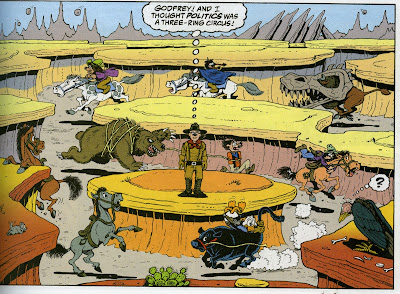Over the course of the 1930s, the Nazis had gained power in Germany and the Japanese had invaded China (which was already being torn apart by civil war). Another World War seemed more and more likely as the decade neared its end.
In the United States, the thought of war understandable frightened many people--the horrors of trench warfare were still very fresh in the collective consciousness. Many, though, recognized the threat fascism presented--they felt the sooner we dealt with it, the better.
Others were staunch isolationists. Europe and Asia might be awash in blood, but the U.S. (protected by wide oceans on both sides) could and should remain neutral.
So how did those producing popular entertainment deal with all this? A look at Milt Caniff's classic adventure comic strip
Terry and the Pirates tells us a lot.
Terry is, in my opinion, the finest adventure strip ever done. During the 1930s, the size of the daily newspaper strip was noticably larger than it is today. On Sundays, strips were given either a full page or a half page each. This allowed for detailed art work, more dialogue and (consequently) complex and satisfying storylines.
Caniff's strip took place in and around China, where young Terry Lee and his mentor Pat Ryan bummed about that part of the world, encountering bandits, rebels, smugglers and pirates. Indepth characterizations, strong plots, great action and wonderful art lifted the strip into classic status almost as soon as it first appeared.
Inevitably, Caniff ended up doing stories dealing with the Japanese invasion of China, in which he presented the Japanaese as the bad guys. But--to avoid any chance of newspaper editors with isolationist feelings from cancelling the strip--he never actually refers to the invaders as the Japanese. Despite drawing their uniforms and equipment accurately and making it clear to anyone who ever glanced at a newspaper headline that they
were Japanese, they are consistently referred to as the "invaders" in the strip.


When Britain and Germany went to war, he even did a storyline involving an unnamed, anti-British nation that was working to destroy British ships in the Pacific (until Terry and his friends helped foil their plot, of course).

-
Eventually, the company that syndicated Caniff's strip did ask him to back away from stories implicitly about the Japanese and Germans. Caniff agreed, but then Pearl Harbor was bombed and it didn't matter anymore. Terry joined the Army Air Corps and there was no longer any problem with identifying the Japanese 0r the Germans as the enemy.

But did everyone tip-toe around these issues during the 1930s? Some did, but others had their fictional creations face off against the Nazis without any qualms at all about neutrality or isolationism. I'll do one or two more posts on this subject, in which we'll look at several Warner Brothers films, the Superman radio show and Timely (later Marvel) comics.
{For anyone who might be enjoying the dinosaur movie posts--don't worry, I haven't forgotton about them.}

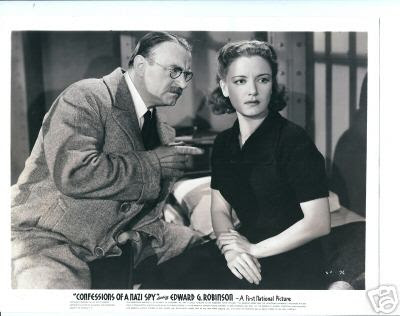







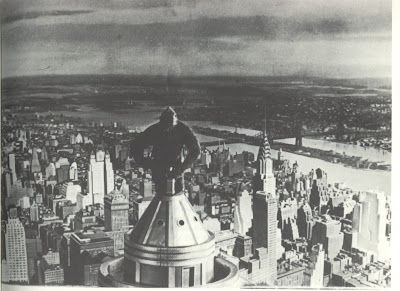
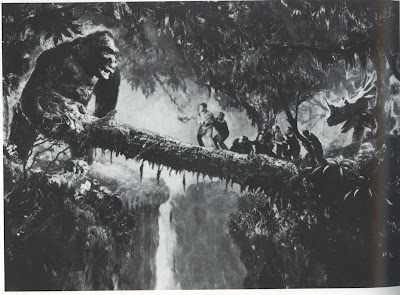
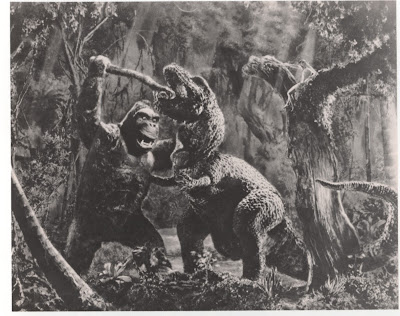


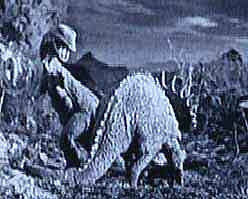


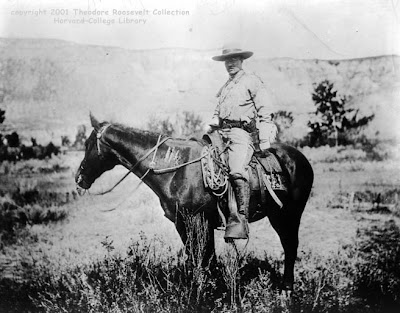
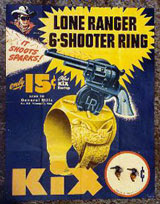
 It's a great story--Rosa emulates the great Carl Barks in his ability to use wonderful art and characterizations to tell a story that works as both a comedy and an adventure. This one ends with a wild chase through a canyon maze involving Scrooge, the cattle, the bad guys and a buffalo wearing a dinosaur skull.
It's a great story--Rosa emulates the great Carl Barks in his ability to use wonderful art and characterizations to tell a story that works as both a comedy and an adventure. This one ends with a wild chase through a canyon maze involving Scrooge, the cattle, the bad guys and a buffalo wearing a dinosaur skull. 